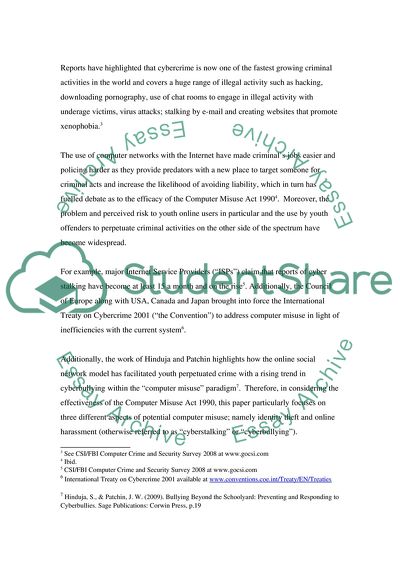Cite this document
(The Consideration of the Effectiveness of the Computer Misuse Act 1990 Term Paper, n.d.)
The Consideration of the Effectiveness of the Computer Misuse Act 1990 Term Paper. Retrieved from https://studentshare.org/law/1728436-consider-the-effectiveness-of-the-computer-misuse-act-1990
The Consideration of the Effectiveness of the Computer Misuse Act 1990 Term Paper. Retrieved from https://studentshare.org/law/1728436-consider-the-effectiveness-of-the-computer-misuse-act-1990
(The Consideration of the Effectiveness of the Computer Misuse Act 1990 Term Paper)
The Consideration of the Effectiveness of the Computer Misuse Act 1990 Term Paper. https://studentshare.org/law/1728436-consider-the-effectiveness-of-the-computer-misuse-act-1990.
The Consideration of the Effectiveness of the Computer Misuse Act 1990 Term Paper. https://studentshare.org/law/1728436-consider-the-effectiveness-of-the-computer-misuse-act-1990.
“The Consideration of the Effectiveness of the Computer Misuse Act 1990 Term Paper”, n.d. https://studentshare.org/law/1728436-consider-the-effectiveness-of-the-computer-misuse-act-1990.


